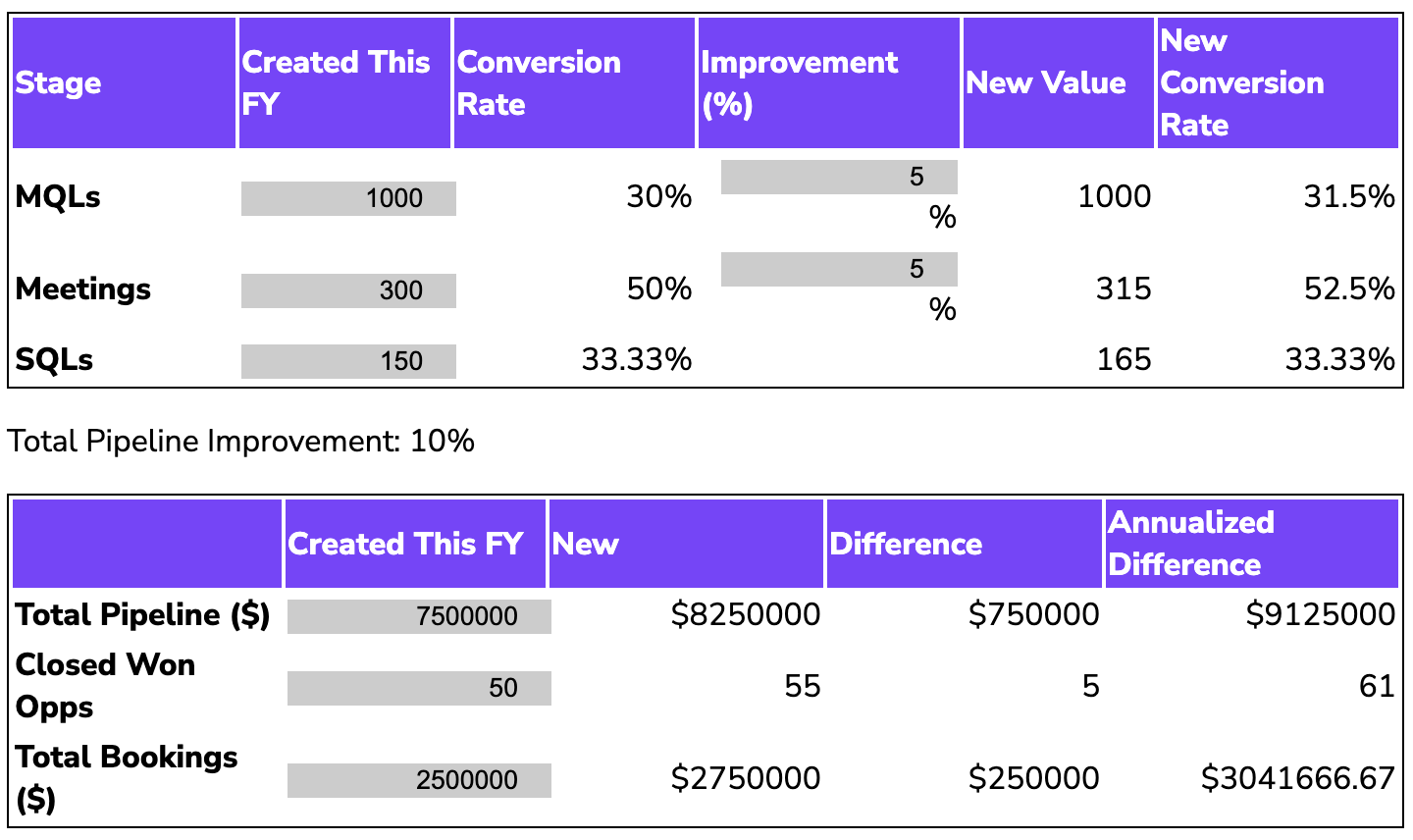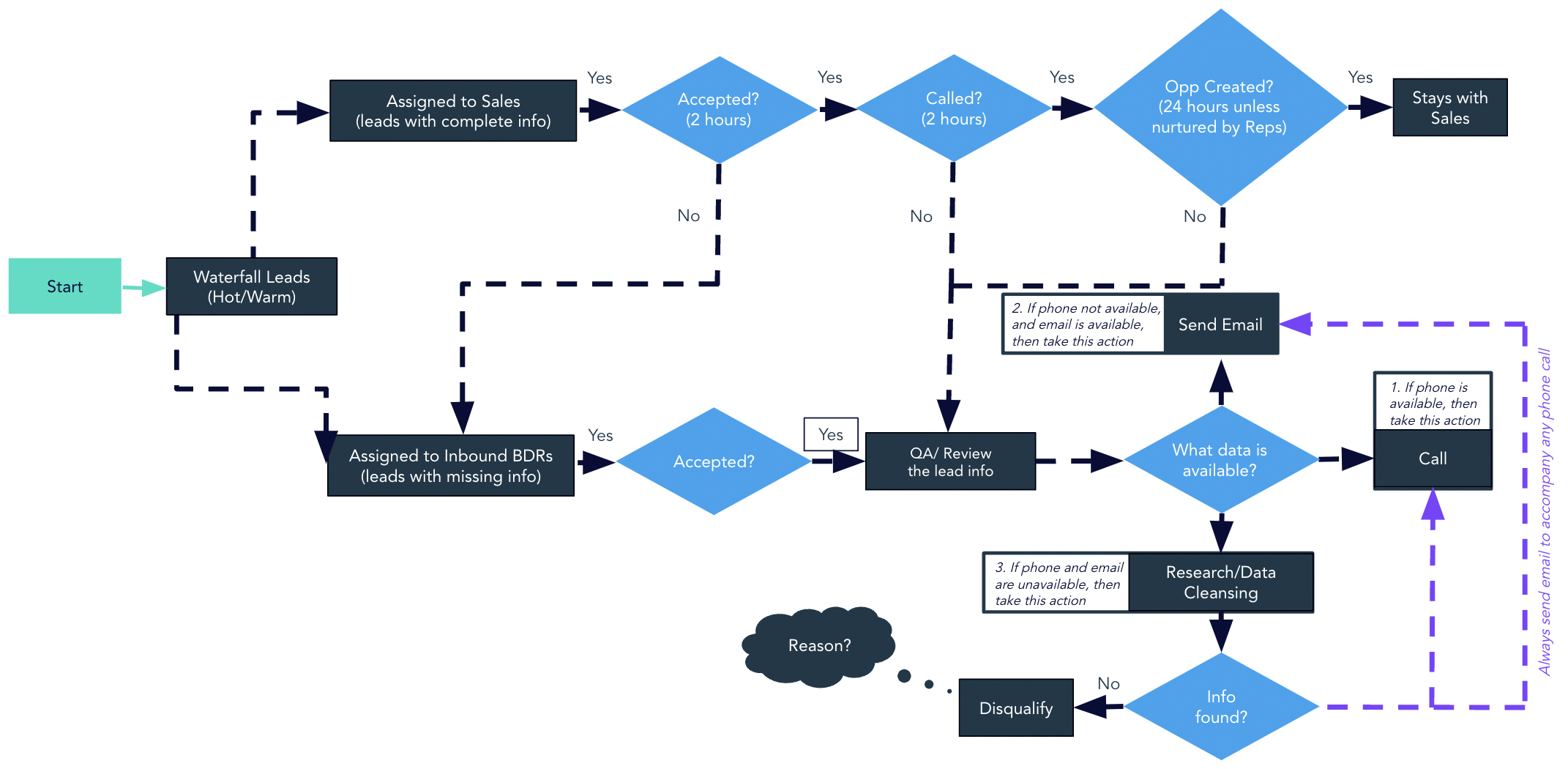Don’t you love when meetings collapse into finger pointing and frustration? Me neither.
One of the common mistakes you can make during the planning process is to assume sales leadership is on board with your plan. And if Sales and Marketing alignment never happened, looking back at the end of the quarter can be painful.
Sales and Marketing alignment is essential—and it can pay dividends. According to HubSpot, “companies with aligned sales and marketing generated 208% more revenue from marketing.”
With quarterly planning in full swing, let’s dig into some tips on how to align and work toward a common goal.
>> Related: How to Negotiate a Bigger Marketing Budget <<
Be Efficient Yet Effective
Sure, we all know that end of quarter is tricky for Sales: they’re busy closing business and don’t have time for marathon planning sessions.
While it’s important to communicate the marketing plan, don’t forget the pressure they’re under.
As things settle down, Sales will appreciate that sensitivity and (should) return the favor by engaging in a plan review.
During the review session, cover the following:
- Revenue Targets
If Sales and Marketing aren’t in alignment on revenue goals for new business and/or expansion business, stop what you’re doing and see to that. - Personas
Brush up on your target personas and key accounts. Make sure your plan aligns to targeting and converting the right people. - Themes
Don’t go over your plan in painful detail, and avoid jargon and acronyms. We’ve mastered MQLs, TQLs, SQLs, and AQLs, but no one else has. Instead, focus on the larger campaigns and themes you’re focusing on, any events you’re participating in, and expected outcomes at a high level. - In-Quarter Check-Ins
Establish a bi-monthly or monthly check-in to discuss progress, lead quality, and where any adjustments are needed. Better to avoid surprises at the end of the quarter when it’s too late to turn it around. Measure progress against your plan and share relevant reports with Sales.
And this: be vocal and confident. You’ve been respectful of time constraints, but that doesn’t mean to give up communicating.
Communicate the plan with confidence, iterate when it makes sense, and don’t rest until you get sign off.
Do those things and you’ll avoid fraught meetings at the end of the quarter.
Set (and Reset) Expectations (Early & Often)
There’s nothing worse than having to make constant changes to your plan because you aren’t meeting Sales’ expectations.
And you’ll definitely hear about it if they think they’re light on leads. So set expectations up front about marketing’s contribution to revenue, lead and opp targets, account engagement, and other key metrics—and continue to reset those expectations throughout the year.
Zach Benard has outlined a few key questions:
- Does each department have the same definitions for the terms you’re using? For example, when you say “leads,” what do you mean?
- Do your marketing team’s goals line up with your sales team’s goals? Do they also mesh with your company’s goals?
- Does anyone have questions about SLAs? Clarity is a must-have, and any gray areas should be addressed before moving forward.
And here’s something else that tends to get overlooked: outline what you’re going to need from Sales throughout the quarter (or year, for annual planning).
For example, lay out a time frame during each quarter that looks like this:
- Assumptions we made
- Where we hit targets
- Where we fell short
- How we’ll adjust
When changes need to be made, be forthcoming about how these changes will affect the plan.
If leadership requires a shift of focus, strategy, or marketing budget, be very clear about how any changes will impact lead flow, opportunity targets, or planned campaigns.
No one else in the organization understands this better than marketing. Outline exactly where and how any changes will be experienced in “real life” and how they’ll impact the marketing plan.
Sign Off & Own It
As mentioned, it’s critical to ensure Sales & Marketing are on the same page—and have taken ownership of SLAs and responsibilities.
And you can’t do that until you’re sure both teams are working from the same sets of numbers.
Sales has a spreadsheet to come up with their quotas, and you probably have a spreadsheet to come up with lead goals. Compare those numbers!
In the name of all that is righteous—make sure everyone is working off the same set of numbers. Otherwise your Sales & Marketing check-ins will devolve into spirited debate over who has the right data.
Here at Sponge we work with clients of all shapes & sizes, and the question of “the right data” is one of the most common problems we see.
Organizations typically have disparate data from their marketing automation platform, CRM, and a slew of other data-generating systems (including SQL or some other database, where that one super nerd presents numbers that no one else in the company has ever seen).
Take the time to straighten this out (or drop us a line and we’ll do it for you), so that Sales Ops and Marketing Ops are working from a common set of numbers and tracking the right KPIs.
Frankie Say, Relax
One last note: be honest with yourself and never sign up for an unrealistic plan. There’s just no way that can end well.
Once you’ve achieved true Sales and Marketing alignment—and you’ve crafted a plan your team is comfortable with—you’ll breathe much easier during the quarter.
According to HubSpot, “when Sales & Marketing are in sync, companies increase their closing rate by 67%.”
We’ve all seen how tumultuous the relationship between Sales & Marketing can be, but we’ve also seen what happens when both teams work together productively.
Focusing on alignment and building a strong relationship will always result in greater success for everyone.
Image via Giphy
Planning doesn’t have to be painful. This 42-page workbook helps you comb through campaign stats, coordinate the team, and answer marketing’s toughest questions: What worked? What content do you need? And what can you afford?




